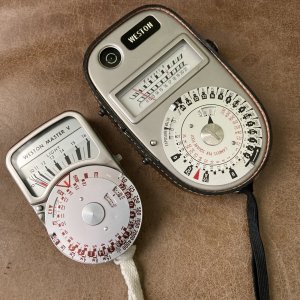das
Well-known
The selenium meters for the Canon VI / P are so cheap on eBay that I could not resist trying one out. Gosh darn, the meter is incredibly accurate in outdoor and evenly-lit indoor situations - matching my phone app meter precisely. It's also weird that with all the dead or corroded selenium meters out there, many of these Canon units still work great.
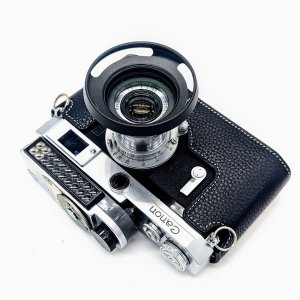
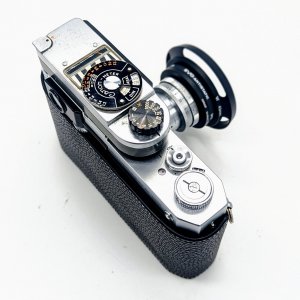


Retro-Grouch
Well-known
My experience, too. I've read, but can't confirm, that the usual explanation for the loss of sensitivity or death of Selenium meters is incorrect. It is often stated that they lose their oomph because of prolonged exposure to light. I've read that this might be the case, but in fact moisture is more often the culprit. Those meters that had their cells hermetically sealed against ambient moisture are supposedly the ones that survived. Hard to say; maybe both explanations are true. I've no desire to conduct a controlled experiment!
Rayt
Nonplayer Character
The Rolleiflex cameras I have owned had functional meters. They may be off by a stop but reliable nevertheless.
Pál_K
Cameras. I has it.
It would be great to have a definitive answer; perhaps there is one in an old issue of Modern Photography somewhere.It is often stated that they lose their oomph because of prolonged exposure to light. I've read that this might be the case, but in fact moisture is more often the culprit. … Hard to say; maybe both explanations are true. I've no desire to conduct a controlled experiment!
Whenever I’m making photos with my Voigtländer Bessamatic, I keep fiddling with the case to keep the meter cells covered when not actually making a photo. I’ve made a paper cover for my 3.5F for the same reason:
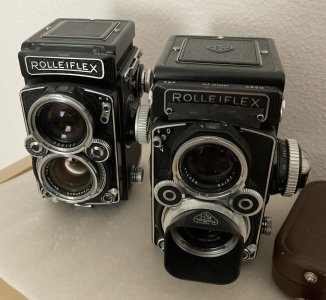
But, indeed, the exposure readings I get are very accurate.
x-ray
Mentor
I have a selenium Nikon F meter that integrates with both shutter speed and aperture from the 60’s that’s still working and is accurate.
santino
FSU gear head
I think the prolonged exposure to light theory maybe true. The Contax Iia, iiia had a cover for the cell…
hap
Well-known
My iiia meter seems dead.I think the prolonged exposure to light theory maybe true. The Contax Iia, iiia had a cover for the cell…
Ko.Fe.
Lenses 35/21 Gears 46/20
On ranegfiner.ru where I read about it, conclusion was they are good as long as they are sealed.
markjwyatt
Well-known
This is the third conversation in two days, about selenium meters, but the selenium meters on my two Retinas (Reflex IV and IIIc) both work; though they read a stop high. I have used them, but prefer a handheld meter, which I trust more, and find myself using more incident readings. I have a selection of old selenium meters from my Dad. Most do not work, some questionable. It has been a while since I have played with them.
ptpdprinter
Mentor
I have an old Weston meter with a selenium cell and it is wildly inaccurate in all lighting situations. I am not sure when or how I acquired it, or why I hang onto it.
Bob Michaels
nobody special
More important than how accurately your exposure meter registers the light intensity is how you convert that reading to the optimum exposure, They are sometimes very different. Sometimes "sunny 16" works best. Ask Ansel Adams.
MarkWalberg
Established
Indeed, Ansel used no light meter for Moonrise over Hernendez. He did not use Sunny 16, but rather the known intensity of the moon.
That is worth knowing if you are Ansel or if you run across great images with the moon in them.
That is worth knowing if you are Ansel or if you run across great images with the moon in them.
raydm6
Yay! Cameras! 🙈🙉🙊┌( ಠ_ಠ)┘ [◉"]
I think he used the Looney 11 Rule 
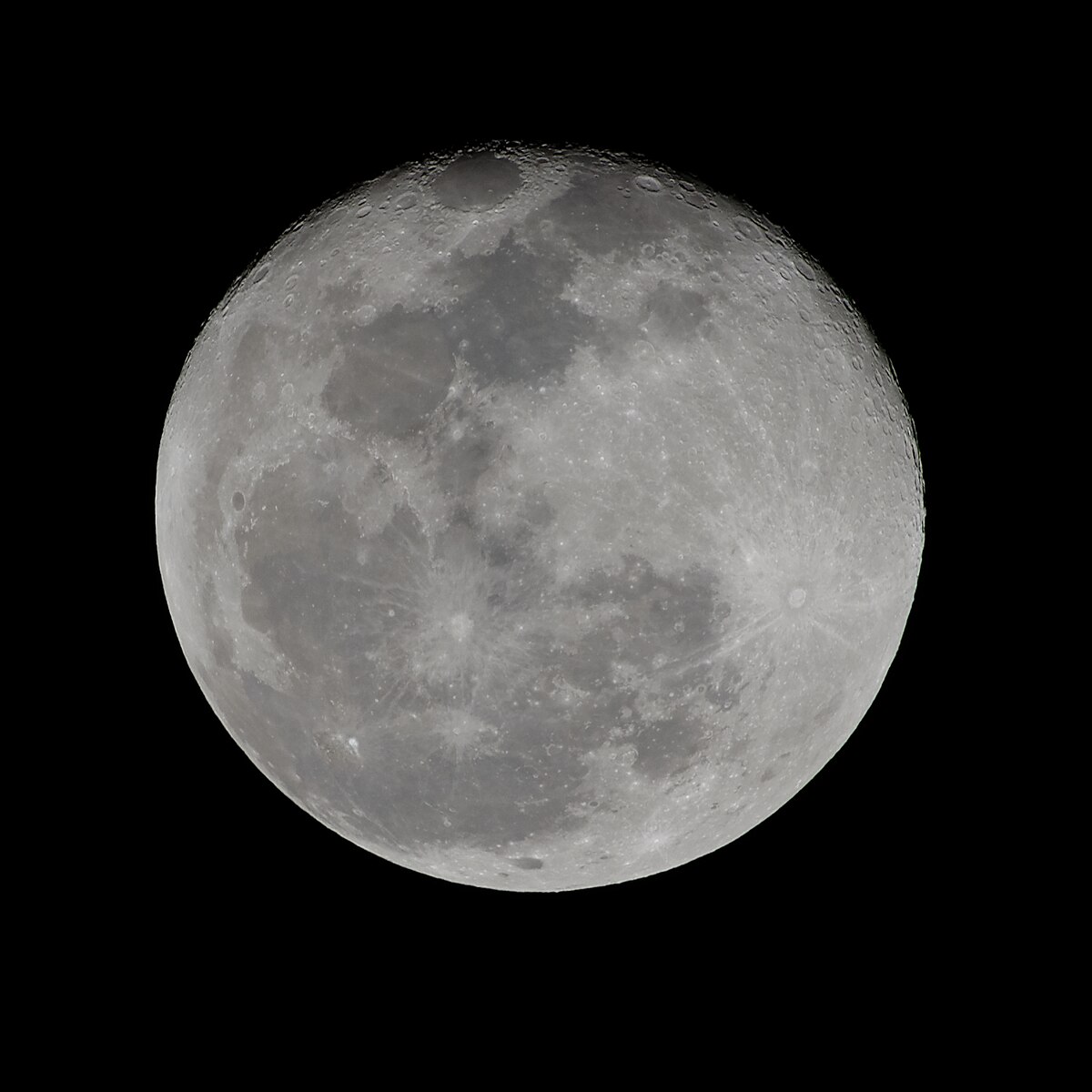
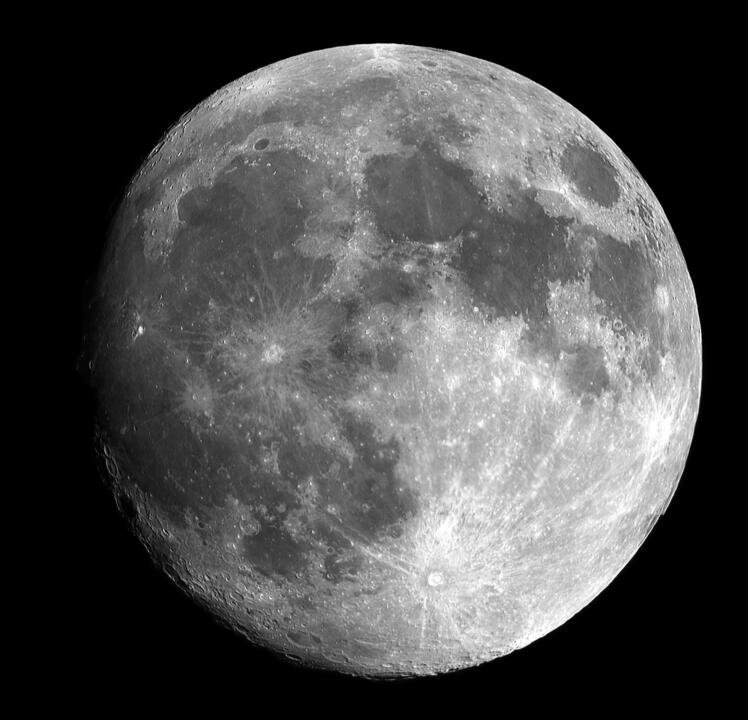
 www.lightstalking.com
www.lightstalking.com


So What Is The Looney 11 Rule In Photography?
Want to photograph the Moon, but you don't know what settings to use? Let's take a look at the Looney 11 rule to get you started photographing the moon
David Murphy
Mentor
I have also found the Canon meters not only accurate, but fairly sensitive for what they are. Of course many of them these days have defects, but they seem to have made quite a few of these.
Coldkennels
Barnack-toting Brit.
I've owned, used, and sadly smashed a lot of Westons over the years (that damn cover glass...). I find they're generally pretty reliable and accurate things, but they're rarely useful at anything below 0.4 on the Weston scale (equal to 1/30 and f/2 at 400 ISO), which is normally the limits of handheld use for me anyway.
I've heard of people bringing supposedly "dead" Westons back to life simply by removing oxidation on internal contacts, and having probed around inside them a few times for different reasons, I can imagine this is probably the cause of a lot of dead meters; the selenium cell doesn't put out a huge amount of current, so any additional resistance in the circuit will play havoc to the final readout. You can also get failures due to mechanical issues, too; because the needle is super-light (it has to be, in order to be moveable by an electromagnet while using barely any "juice"), it doesn't take a lot to block it or restrict its movement.
Basically, keep them clean, keep them dry, and make sure that cover glass doesn't crack or come unstuck, and you should be good.
I've heard of people bringing supposedly "dead" Westons back to life simply by removing oxidation on internal contacts, and having probed around inside them a few times for different reasons, I can imagine this is probably the cause of a lot of dead meters; the selenium cell doesn't put out a huge amount of current, so any additional resistance in the circuit will play havoc to the final readout. You can also get failures due to mechanical issues, too; because the needle is super-light (it has to be, in order to be moveable by an electromagnet while using barely any "juice"), it doesn't take a lot to block it or restrict its movement.
Basically, keep them clean, keep them dry, and make sure that cover glass doesn't crack or come unstuck, and you should be good.
peterm1
Mentor
Truth is, especially with print film we over rate the need for super-duper accurate incident metering of a scene most times. When I was shooting with an M3 I used a hand held meter and almost always took an ambient reading of the lighting when I got the camera out, set the aperture and shutter speed accordingly and then put the meter away. If I stepped from shadow into shade I opened up a stop or perhaps more if it was deep shadow and when I returned to lit conditions I reversed it. If clouds came over and ambient lighting changed significantly I may have re used to meter just for my peace of mind. But that was about it, and I seldom recall getting a bad exposure with this kind of shooting. I probably could have just used the sunny 16 rule most times if I had a little more self confidence. Of course with slide film it is more sketchy.
Retro-Grouch
Well-known
I've always admired anyone who can judge the light and set exposure without a meter! I'm a mere mortal and need one. And as you say, slide film is more sketchy, to say the least. Physiologists tell us that the smallest increment of change that the human eye can perceive is 1/3 EV, but with slide film, that can make or break an image. These days, that's mostly what I'm shooting, so a good spot meter and bracketing are my normal procedure. With medium format, it can get expensive, but I figure that if an image is worth making, then the expense is worth it as well.Truth is, especially with print film we over rate the need for super-duper accurate incident metering of a scene most times. When I was shooting with an M3 I used a hand held meter and almost always took an ambient reading of the lighting when I got the camera out, set the aperture and shutter speed accordingly and then put the meter away. If I stepped from shadow into shade I opened up a stop or perhaps more if it was deep shadow and when I returned to lit conditions I reversed it. If clouds came over and ambient lighting changed significantly I may have re used to meter just for my peace of mind. But that was about it, and I seldom recall getting a bad exposure with this kind of shooting. I probably could have just used the sunny 16 rule most times if I had a little more self confidence. Of course with slide film it is more sketchy.
das
Well-known
I think it is pretty cool that a mechanism existed for accurately measuring camera exposure that used no battery and operated solely on the power of ambient lighting and magnets. Too bad that moisture sealing issues and corrosion doomed many of these.
Retro-Grouch
Well-known
Interesting how many of the old Sekonic 398-A meters are still out there and kicking butt. I wonder what the secret is.
x-ray
Mentor
George Melton, Quality Light Metric, who’s unfortunately retired now rebuilt my Weston V a couple of years ago. I guess the cell was ok but he put a new one in, a new perforated flap/cover to adjust for that particular cell, remagnatized the galvanometer magnet and calibrated it. It now works like new.
Although not a selenium cell he rebuilt, converted to a modern cell and calibrated my Weston Ranger 9 which is one of my favorite meters.
I have a couple of the old Seconic incident meters. One is just after Brockway sold out and the other is newer and they both work fine. My brother has a Brockway from the 50’s our dad bought and it’s still working fine. I know it’s rare to find one but my Rolleiflex 3.5F meter is still accurate.
These were good meters in their day. The biggest problem was they weren’t as sensitive as cds that came along in the 60’s but they didn’t get blinded by bright light like the cds cells.
Although not a selenium cell he rebuilt, converted to a modern cell and calibrated my Weston Ranger 9 which is one of my favorite meters.
I have a couple of the old Seconic incident meters. One is just after Brockway sold out and the other is newer and they both work fine. My brother has a Brockway from the 50’s our dad bought and it’s still working fine. I know it’s rare to find one but my Rolleiflex 3.5F meter is still accurate.
These were good meters in their day. The biggest problem was they weren’t as sensitive as cds that came along in the 60’s but they didn’t get blinded by bright light like the cds cells.
Attachments
Last edited:
Share:
-
This site uses cookies to help personalise content, tailor your experience and to keep you logged in if you register.
By continuing to use this site, you are consenting to our use of cookies.


